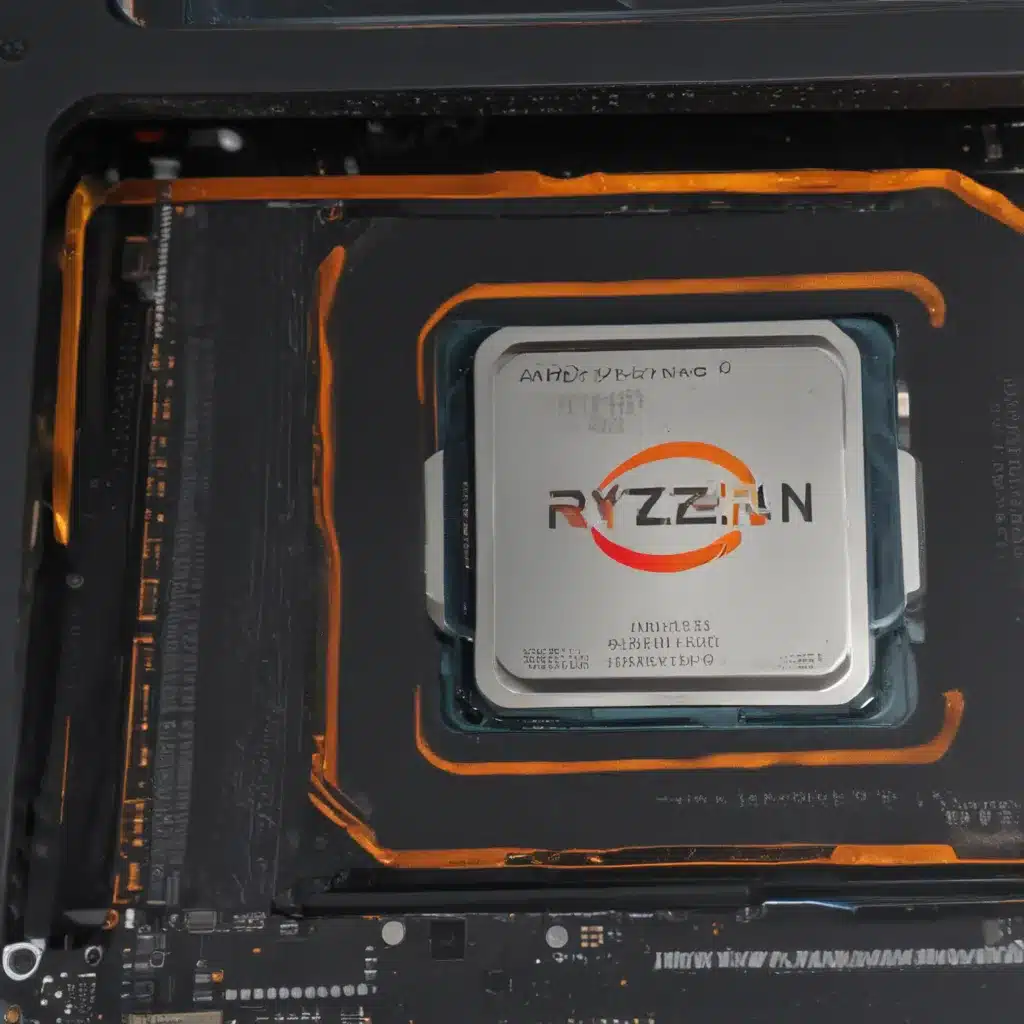As someone who’s been tinkering with PCs for years, I know the struggle of trying to get the most out of your hardware, especially when dealing with the complexities of modern operating systems. If you’re rocking an AMD Ryzen CPU, you might have heard some concerning rumors about the performance issues with Windows 11. Well, fear not, my fellow PC enthusiasts! In this in-depth article, I’m going to share my tried-and-true tips and tricks for optimizing both Windows 10 and 11 to unleash the full potential of your AMD Ryzen-powered machine.
Understanding the Windows 11 – AMD Ryzen Saga
When Windows 11 first launched, there were indeed some concerning reports about performance degradation on AMD Ryzen CPUs. Apparently, there were issues with the L3 cache latency, which can have a significant impact on gaming and other performance-sensitive workloads [1]. But, as they say, where there’s a will, there’s a way, and both Microsoft and AMD have been hard at work addressing these problems.
According to the helpful folks over at the AMD community forums, the major issues with Windows 11 and AMD Ryzen have been resolved through a combination of software and firmware updates [2]. So, if you’ve been holding off on upgrading to Windows 11 due to these concerns, you can now breathe a sigh of relief. The performance impact should be minimal, if noticeable at all.
Optimizing Windows 10 for AMD Ryzen
Of course, if you’re still rocking Windows 10, there’s no need to feel left out. You can still get the most out of your AMD Ryzen-powered rig by following a few simple steps. One of the key things to consider is the impact of virtualization on your system’s performance.
As the helpful folks over at the unRAID forums have pointed out, the default settings for Windows VMs can lead to high CPU usage, even when the machine is idling [3]. By enabling Hyper-V Enlightenments and tweaking a few other settings, you can dramatically reduce this overhead and free up more resources for your games and applications.
Another important consideration is the impact of CPU pinning, which is the default behavior in unRAID. While this can be beneficial in some scenarios, it can also lead to suboptimal performance when you have a lot of VMs and containers running on the same system [3]. By disabling CPU pinning and letting the kernel handle the scheduling, you can ensure that your AMD Ryzen CPU is being utilized as efficiently as possible.
Optimizing Windows 11 for AMD Ryzen
Now, let’s talk about getting the most out of Windows 11 on your AMD Ryzen system. One of the key things to keep in mind is that the initial performance issues have largely been resolved, thanks to the efforts of Microsoft and AMD [1,2]. However, there are still a few things you can do to further optimize your system.
For starters, make sure you’re using the latest BIOS and Windows updates. These can often include important performance optimizations and bug fixes that can make a significant difference in your day-to-day user experience.
Additionally, consider disabling any unnecessary background processes and services that might be hogging system resources. The folks over at r/OptimizedGaming have put together a comprehensive guide that can help you identify and eliminate these performance-sapping culprits [4].
And let’s not forget about the importance of proper storage and network configuration. As the helpful folks on the Cockos forums have pointed out, using VirtIO devices for storage and network can provide a significant performance boost, especially in virtualized environments [5]. Don’t forget to disable unnecessary drive encryption as well, as that can also impact performance [3].
Putting It All Together
Alright, now that you’ve got a solid understanding of how to optimize both Windows 10 and 11 for your AMD Ryzen-powered system, it’s time to put it all into practice. Remember, every system is different, so you might need to experiment a bit to find the perfect balance of performance and stability.
And if you’re still feeling a bit overwhelmed, don’t worry – the helpful community over at r/Amd is always there to lend a hand [6,7,8]. With their guidance and the tips I’ve shared in this article, you’ll be well on your way to unlocking the full potential of your AMD Ryzen-powered PC, whether you’re running Windows 10 or 11.
Happy tinkering, my fellow PC enthusiasts! May your framerates be high and your temperatures low.
[1] https://answers.microsoft.com/en-us/windows/forum/all/does-windows-11-is-use-more-performance-than/581c7f3b-45be-4c17-9c51-1684037b2149
[2] https://community.amd.com/t5/general-discussions/windows-11-performance-in-amd/td-p/527658
[3] https://forums.unraid.net/topic/134041-guide-optimizing-windows-vms-in-unraid/
[4] https://www.reddit.com/r/OptimizedGaming/comments/su6cq7/windows_1011_optimization_guide/
[5] https://forum.cockos.com/showthread.php?t=278578
[6] https://www.reddit.com/r/Amd/comments/ud8r7a/current_status_of_windows_11_on_ryzen_cpus/
[7] https://www.reddit.com/r/Amd/comments/x1gj3b/state_of_windows_11_performance_on_ryzen/
[8] https://steamcommunity.com/sharedfiles/filedetails/?id=2301408368













